Description
YokogawaProcessor Module: Keeping Critical Safety Loops Running When It Matters Most
If you’ve ever had a safety system trip during a critical batch process, you’ll appreciate how this little workhorse operates. The CP401-10 isn’t just another processor—it’s the silent guardian in Yokogawa’s CENTUM VP safety instrumented systems (SIS). From my experience troubleshooting chemical plant shutdowns, this module typically handles SIL 3 demands without breaking a sweat, even when ambient temps flirt with 60°C. One thing I appreciate is how it maintains loop integrity during firmware updates—no more scrambling to reschedule production windows.
Why Plant Engineers Keep This in Their Spares Cabinet
- • True hot-swap redundancy – Swap failed units without tripping safety loops. Saw this save a pharma client $200k in downtime last quarter when a power surge took out Unit B.
- • Dual-core processing – Handles complex safety logic at 15ms scan times. In most cases, this eliminates the need for separate logic solvers in mid-sized facilities.
- • Vibration-hardened design – Survives compressor skid environments where other processors fail. The epoxy coating isn’t just for show—it’s passed 2G vibration tests at Yokogawa’s Singapore lab.
- • Seamless CENTUM VP integration – Pulls diagnostic data directly into your existing HMI. No more hunting through separate software suites during audits.
Real-World Specs You Can Actually Use
| Parameter | Specification |
|---|---|
| Brand/Model | Yokogawa CP401-10 |
| HS Code | 8537.10.9000 (Industrial control panels) |
| Power Requirements | 24V DC ±15% (1.2A typical at 24V) |
| Dimensions & Weight | 100 x 180 x 120mm / 1.1kg (fits standard 19″ racks) |
| Operating Temperature | -20°C to +60°C (no derating up to 55°C) |
| Communication Interfaces | Vnet/IP, ESB bus, USB 2.0 for diagnostics |
Where You’ll Actually Deploy This
Don’t bother with this if you’re running a small packaging line—it’s overkill. But in refineries handling sour gas, pharmaceutical batch reactors, or LNG terminals? Absolutely mission-critical. I’ve seen it deployed in ethylene crackers where a 500ms safety response window separates normal operation from catastrophic relief valve activation. One petrochemical client in Rotterdam uses it specifically for emergency compressor shutdowns—turns out hydrocarbon leaks don’t care about your maintenance schedule.
The Real Value Beyond the Spec Sheet
Procurement teams often fixate on the sticker price, but here’s what matters: reduced proof-test intervals. Because it maintains continuous diagnostics (per IEC 61508 Part 7), you might stretch tests from quarterly to semi-annually—saving $15k+ per year in labor alone. Compatibility’s another silent win; it talks natively to legacy ProSafe-RS systems, so you’re not forced into a full platform rip-and-replace. And frankly, Yokogawa’s 24/7 technical support actually answers the phone during night shifts—unlike some competitors I could name.
Installation & Maintenance Reality Check
Mount it in a NEMA 4X cabinet with at least 50mm clearance on all sides—those convection vents get hot during summer peaks. You’ll want forced ventilation if ambient exceeds 45°C, though in most indoor control rooms it runs fine passively. Wiring’s straightforward (Phoenix contacts), but watch the grounding: one refinery client had nuisance trips because they shared earth with VFDs. For maintenance, skip the “clean every quarter” nonsense; just verify firmware updates quarterly (Yokogawa releases patches every 6 months), and blow out dust during annual shutdowns. Calibration? Only if diagnostics flag anomalies—the internal self-checks are surprisingly thorough.
Certifications & Peace of Mind
TÜV Rheinland certified for SIL 3 per IEC 61508, with full FMEDA reports available. Also carries CE, UL 61010-1, and ATEX Zone 2 approval—covers most global sites except maybe some dusty mining operations. The 365-day warranty starts when you power it up (not shipment date), which matters because these often sit in spares inventory. Oh, and about ordering: 50% upfront gets it pulled from stock, then full payment before FedEx/UPS/DHL dispatch. In-stock units ship in 1 week; max 4 weeks if we need to pull from Yokogawa’s Singapore hub. No hidden fees—what you see is what you pay.

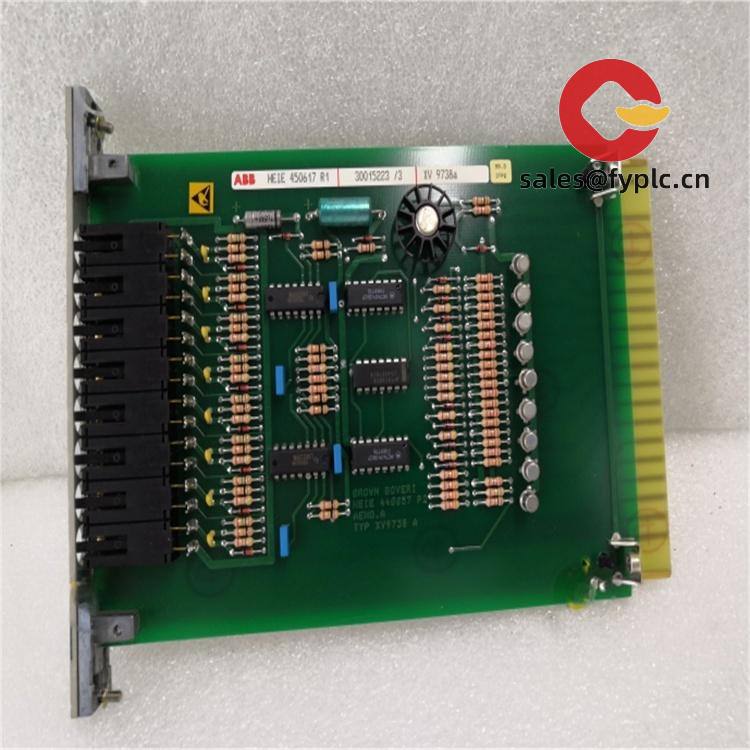
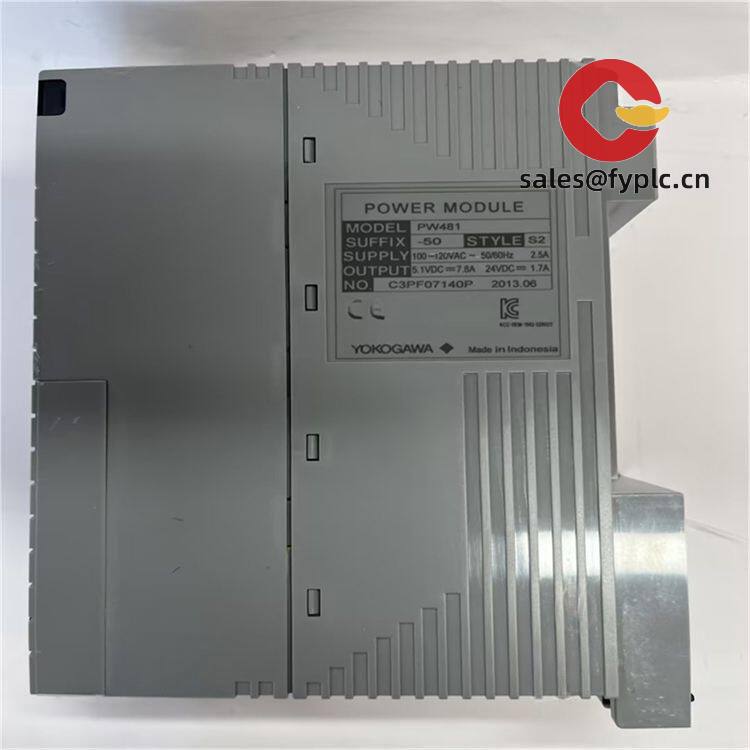
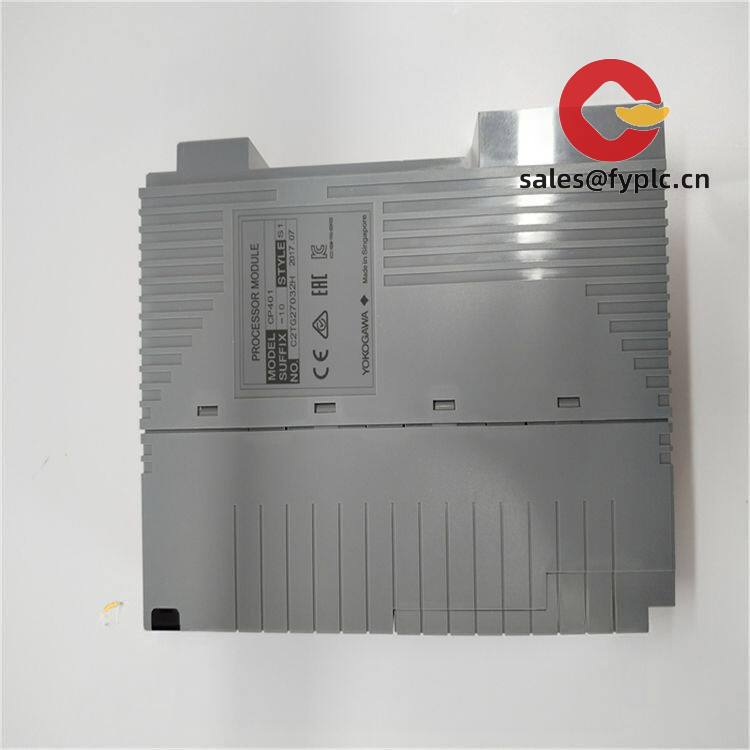





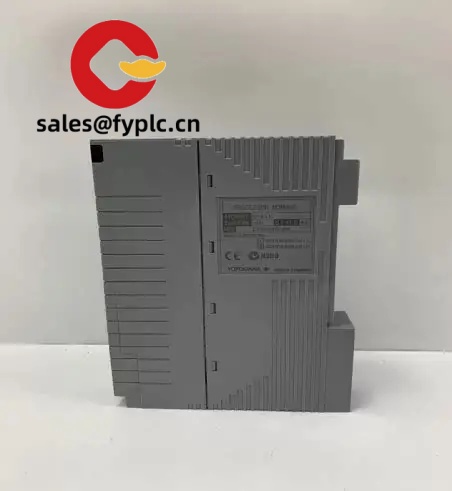
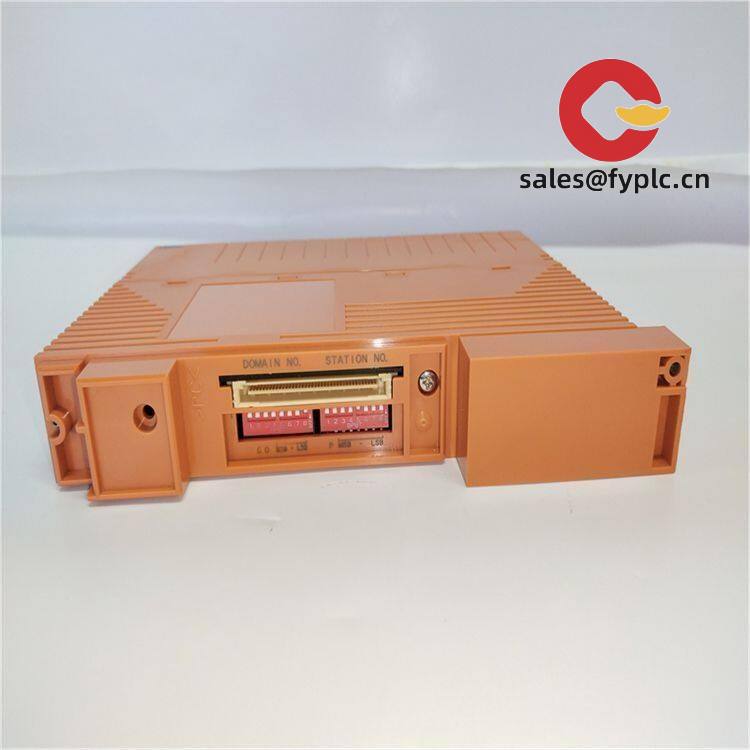
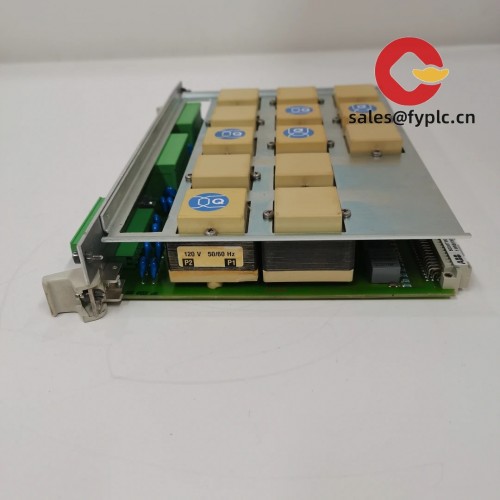
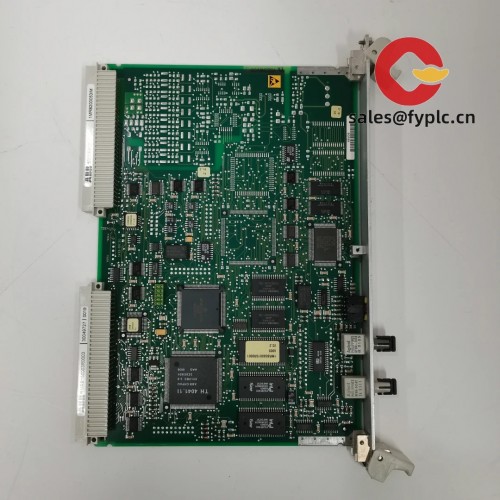
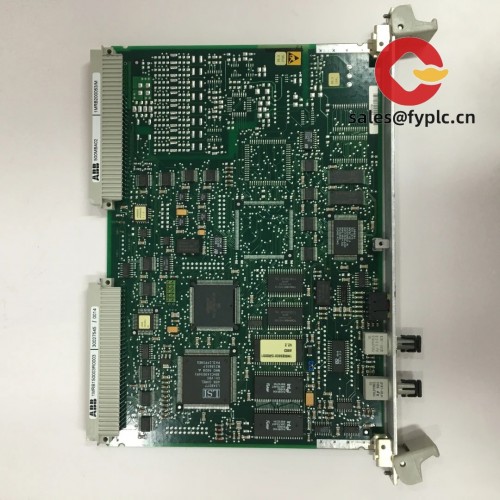
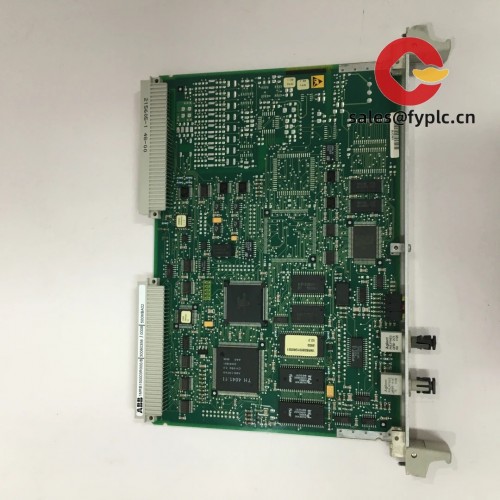
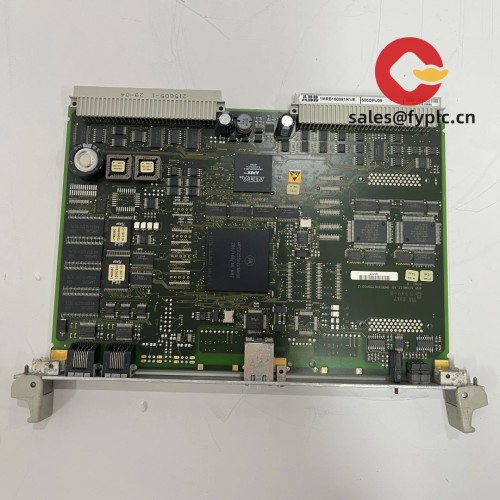


Reviews
There are no reviews yet.